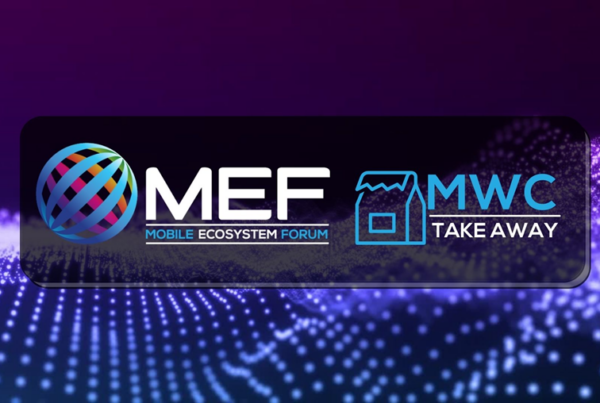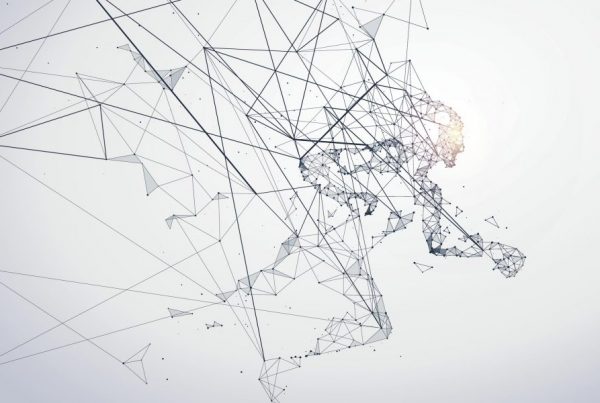Did you hear? Microsoft bought LinkedIn. Yes you did. But do you know why? Well, Tim Green has sifted through lots of plausible reasons so you don’t have to…
Last week Microsoft endorsed the skills of LinkedIn. It endorsed them so hard, it cost $26 billion.
Yes, you all know about this by now. Microsoft bought LinkedIn for a huge sum in an all-cash transaction. It was the second biggest acquisition in tech corporate history, and it was kept totally quiet. Not a single leak.
And then Microsoft chose to announce it on the day that Apple launched its developer conference – the scene-stealing equivalent of wearing a bikini at your sister’s wedding.

People keep saying that Microsoft just bought a social network, like Facebook. I don’t think so. I think it bought a business tool. No one uses LinkedIn to keep in touch with people. They use it to find someone and then do something specific.
The deal valued LinkedIn’s shares at $196 each. Or you could look at it another way: 433 million people use LinkedIn, so Microsoft paid $60 per user.
But why?
There has been so much coverage devoted to the news since it broke. I’ve read loads of posts, and it’s fair to say they’ve been more anti than pro.
Now, I have to be honest. Though this is my opinion piece, I don’t feel sufficiently informed to offer a watertight opinion of my own. We’re in the area of ‘cloud-based enterprise solutions’ here. And I just don’t know enough about all that.
But I do know that terms like ‘cloud-based enterprise solutions’ make me feel queasy. You too, I bet. And, wow, has there been a lot of jargon-filled nonsense written about this deal.
So, while I can’t offer a solid prediction of how the story of Microsoft/LinkedIn will end, I can at least boil down the basic in words you’ll understand.
Here goes
1. LinkedIn is not a social network
People keep saying that Microsoft just bought a social network, like Facebook. I don’t think so. I think it bought a business tool. No one uses LinkedIn to keep in touch with people. They use it to find someone and then do something specific. This is key.
2. LinkedIn makes money – but not from users
Earlier, I wrote that 433 million people use LinkedIn, so Microsoft paid $60 per user. But the Seattle firm is unlikely to get its money back directly from users. No, it’s more likely the money will come from recruiters and – most important – driving more users of Microsoft’s Office 365 and Dynamics products.
3. Microsoft buying LinkedIn tells us that BYOD – and mobile – has won
In it glory days, Microsoft prevailed because it sold expensive CD-ROMs to IT managers. And it was hard to change platforms, so the CIOs kept buying them. Then two things happened. First, software went to the cloud. You could just pay a sub to get your tools. No more CD-ROMs. Second, employees started to use their own devices. Mobile devices. Both changes loosened Microsoft’s grip on the enterprise (though it’s still doing very well). Buying LinkedIn helps Microsoft to stay close to employees.
4. Most people only use LinkedIn when they change jobs
Like I said, it’s not a social network. But that’s OK. If Microsoft has a live list of most of the world’s exec workers – and they keep their own work status updated – that’s pretty valuable.
5. The danger is that employers distrust LinkedIn
Microsoft wants bosses to choose its business products. But if it rolls LinkedIn into them, it will have to change attitudes. Some firms block access to LinkedIn because recruiters use it to poach their staff.
6. Microsoft could mine LinkedIn data to sell ads
But I’d argue that this could be tricky. Why? Because people don’t actually spend much time there and because…
7. LinkedIn Profiles are terrible
You’d struggle to mine much meaningful data from a LinkedIn profile. Have you read one lately? Most are meaningless and awful. But, to repeat, it doesn’t matter too much if all you want is to know someone’s title and then get in touch.
Features Editor
MEF Minute


8. Microsoft could roll LinkedIn into things like Outlook and PowerPoint
Imagine if there was a LinkedIn API that could help you find the CTO of Acme Plc from inside your email account, and then send him or her a message straight away…
9. Microsoft could roll Skype into LinkedIn
Premium LinkedIn user? Send your contact a message and ask if they’d be happy to talk via Skype.
10. LinkedIn might want to stop trying to be a publisher
LinkedIn Pulse was a nice idea. But there are too many silly click-baity articles on there that cheapen it. Are they more about the writers than the readers?





